On the morning of June 23, at the event in response to World Vitiligo Day (June 25), Prof. Dr. Nguyen Huu Sau, Deputy Director of the Central Dermatology Hospital, said that in Vietnam there are no official statistics on the number of people with vitiligo, but the number of patients tends to increase.
Ms. Yen (character's name has been changed) said that in the last 2 years, she has only dared to leave the house because the white spots on her face, forehead, and under her hairline... made her feel self-conscious and inferior.
She went to many places for examination, took and applied many traditional medicines but the white patches did not disappear. There were times when she even got dermatitis after using these products, making the skin damage even worse.
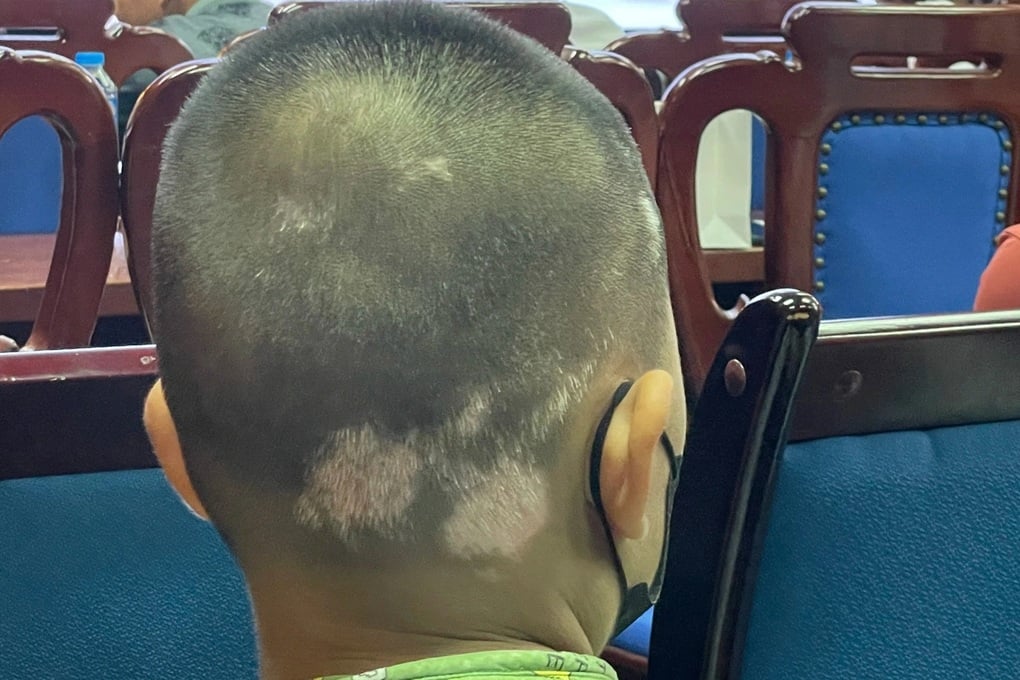
White spots characteristic of vitiligo patients (Photo: ND).
According to Prof. Dr. Nguyen Huu Sau, the Vitiligo Clinic, Central Dermatology Hospital currently manages 1,500 patients. Most patients come to the hospital at a rapidly progressing stage, worried because they do not understand the disease. Many people like the above patient, have sought all kinds of treatments by word of mouth, traditional medicine... but the patchy white spots do not disappear.
Professor Nguyen Huu Sau said that vitiligo is a difficult disease to treat, but when treated early and controlled well, the patchy white spots almost return to normal skin color, helping patients regain confidence.
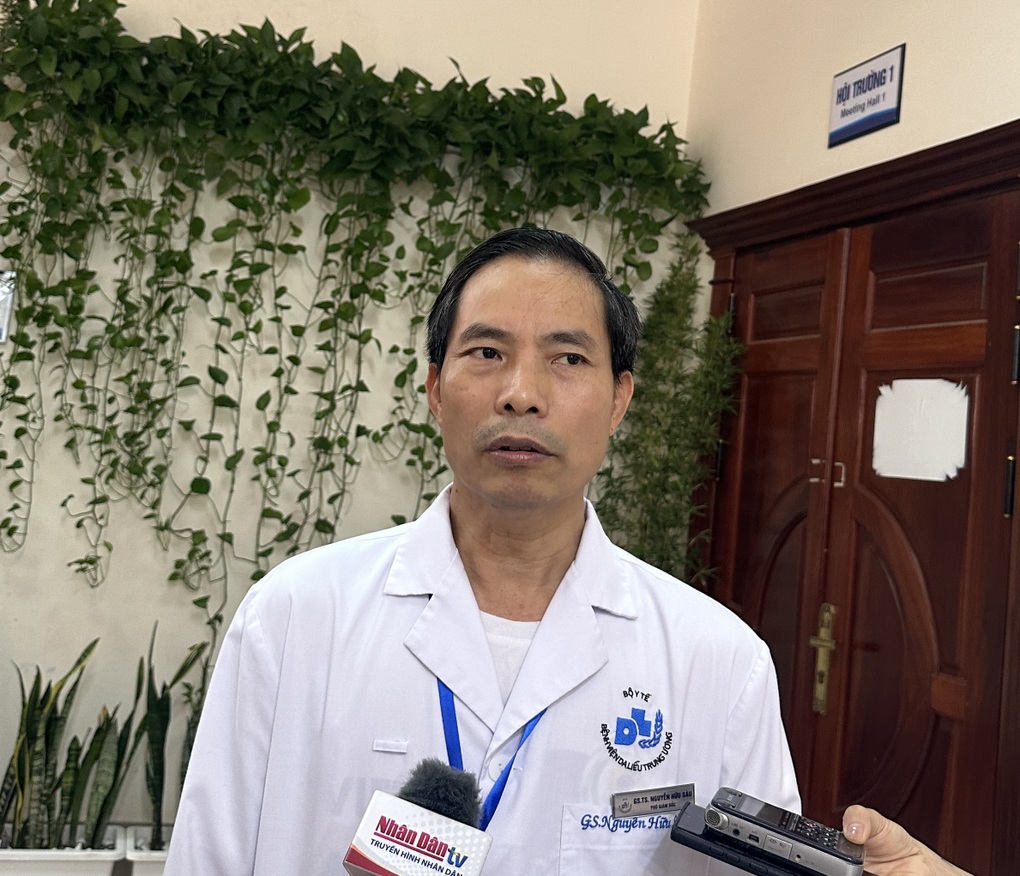
Professor Nguyen Huu Sau said that vitiligo can be effectively treated and controlled (Photo: Tu Anh).
According to Dr. Do Thi Thu Hien, Head of the "Vitiligo and Hypopigmented Skin Diseases" Clinic, Central Dermatology Hospital, the cause of vitiligo is still unknown, but this is an acquired disease due to immunity and is not contagious. However, if parents have vitiligo, their children are also at risk of getting it.
Vitiligo does not affect life but greatly affects aesthetics, especially for female patients, many people become self-conscious and afraid to communicate.
Vitiligo is a disease with clinical manifestations that are quite easy to recognize in most cases, especially when examined by specialists to differentiate it from other diseases that cause skin hypopigmentation.
Early symptoms of the disease are discolored lesions on the skin that gradually increase in size.
The best treatment depends on the stage of the disease. In the early stages, treatments focus on stopping the progression of the disease. In the stable stage, topical medications, combined with phototherapy and surgery, help improve skin color, returning the skin to its original color or almost its original color.
"Like autologous epidermal cell transplantation without culture. This method has been implemented at the institute since 2019 and has so far transplanted about 1,000 cases, with positive treatment results, response rate up to over 90%, especially vitiligo of the head and face.
In addition, improved techniques in the combination of autologous epidermal cell transplantation with dermal transplantation or combined with hair follicle transplantation are being initially implemented, promising to help improve treatment results in difficult-to-treat vitiligo cases such as acral vitiligo," Dr. Hien informed.
However, in reality, there are also patients who fail in treatment, because they often stop treatment, do not understand the disease well, causing the disease to progress to a more difficult stage to treat. In addition, many people are too worried, believe in advertisements that cure the disease completely in a short time, so they miss the opportunity for early treatment.
This year's World Vitiligo Day is themed "Looking to the Future", with the hope of giving vitiligo patients a more positive outlook on life and a future. The Central Dermatology Hospital also organized a week of free examination and consultation for patients and reduced the cost of autologous cell transplantation to treat vitiligo by 50% for patients from June 17 to June 30.
Source: https://dantri.com.vn/suc-khoe/benh-bach-bien-nhung-dom-trang-loang-lo-co-the-tro-ve-mau-da-binh-thuong-20240623183452047.htm






















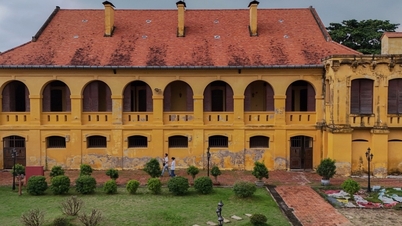








































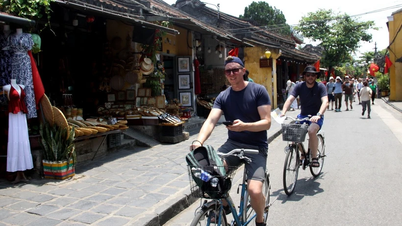














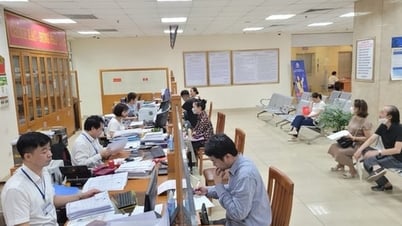
















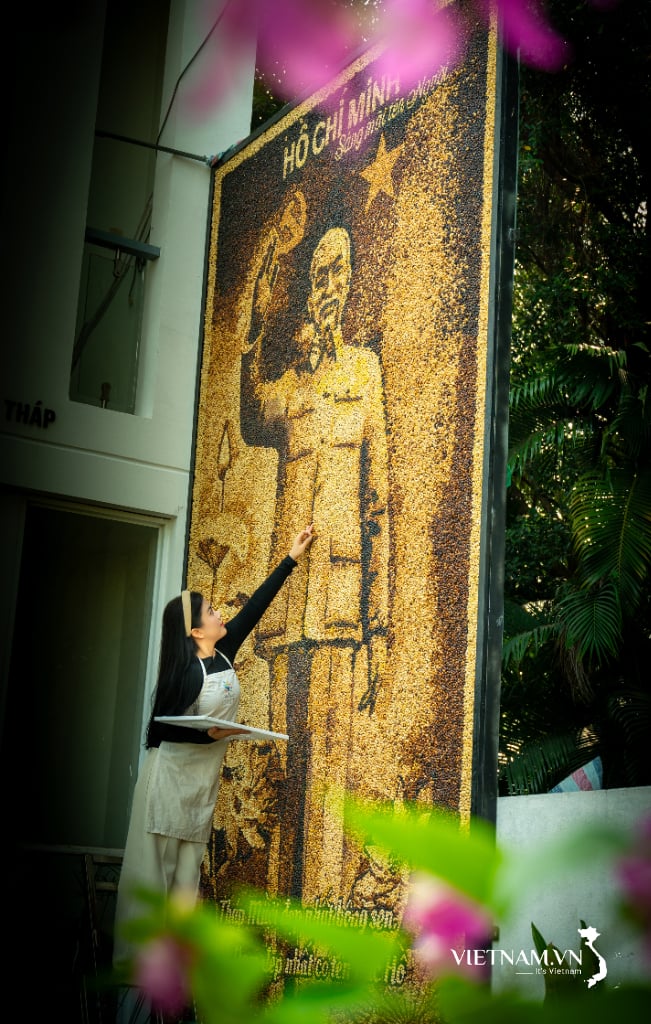

Comment (0)